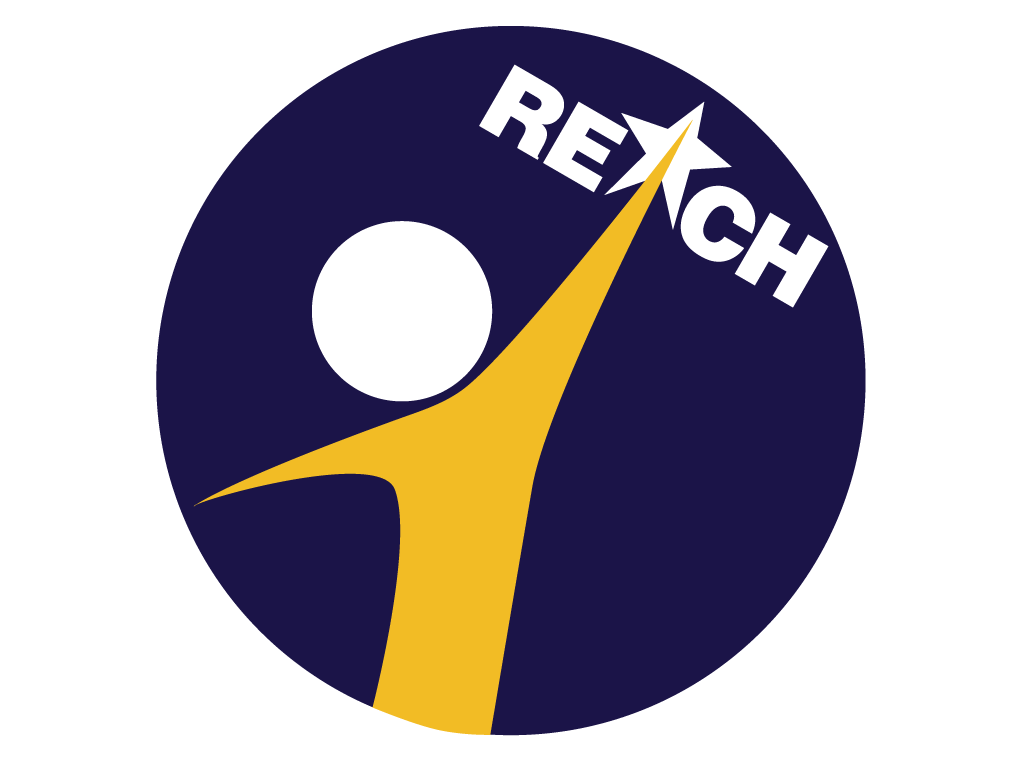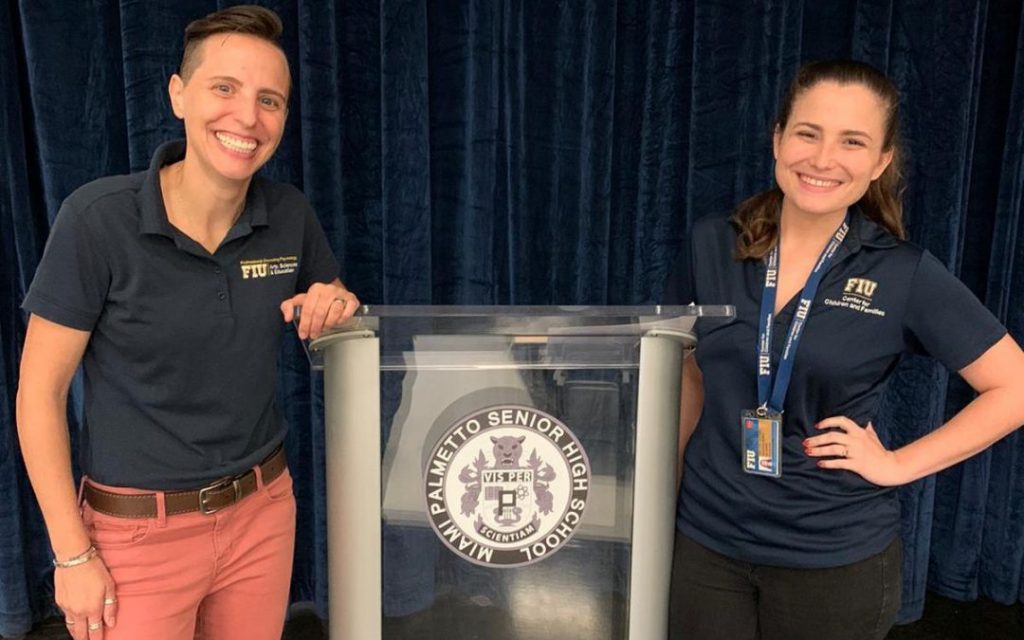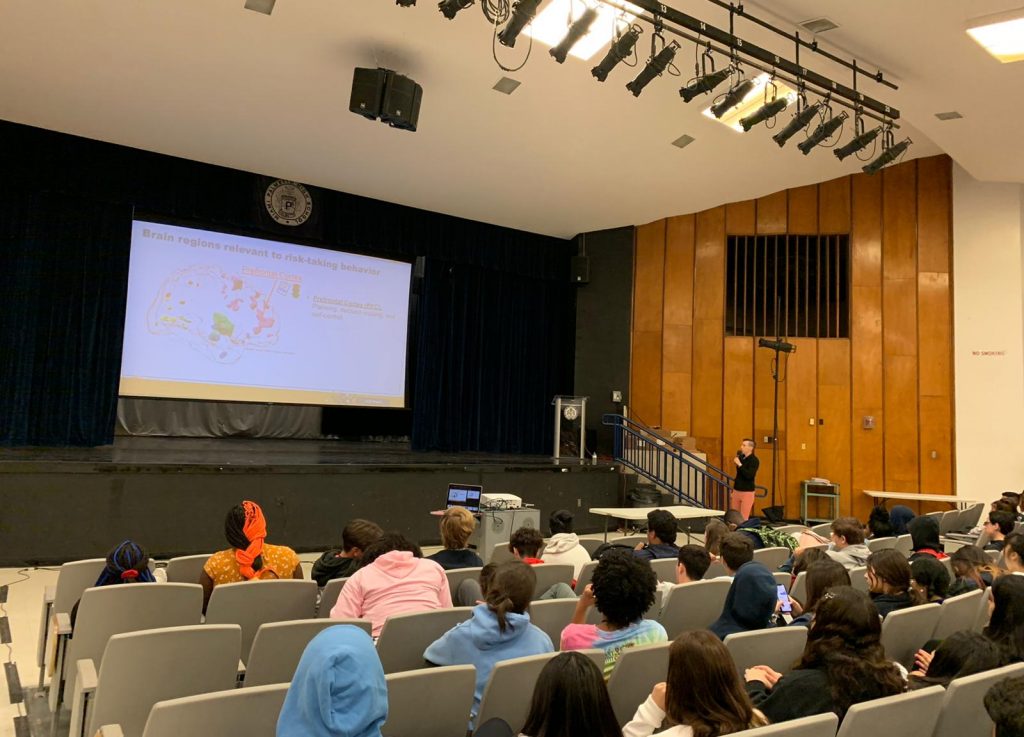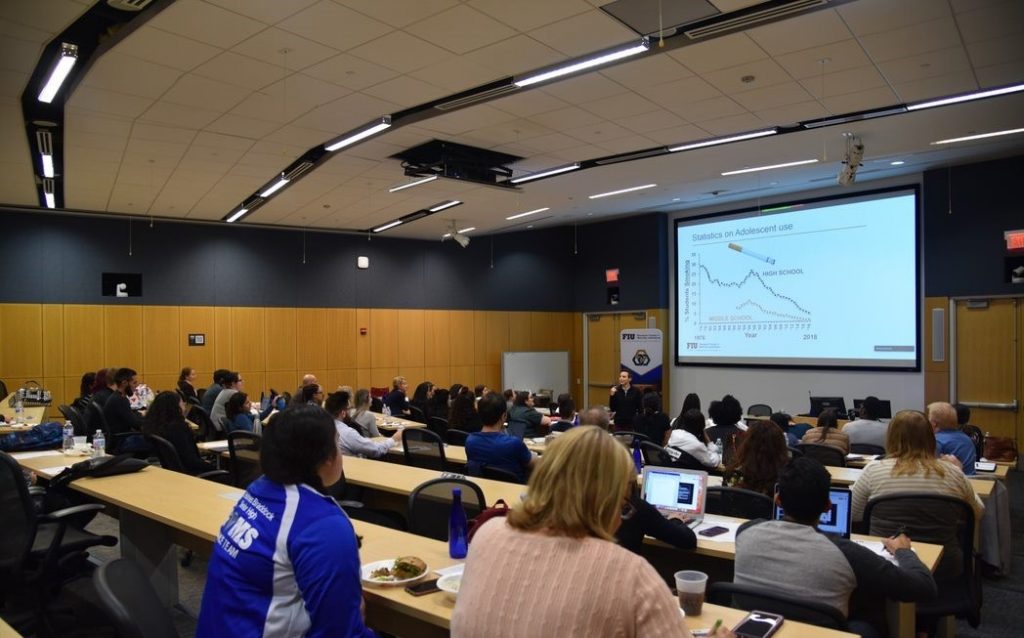Posted at 07:24h
in
Reach News
ReACH Lab members received an impressive number of acceptances for the upcoming Society for Research on Adolescence Biennial Conference that will take place in San Diego this March. Acceptances include: 1 preconference, 1 symposium, 5 paper presentations, and 1 poster presentation. See below for more information on the accepted materials and congratulations to ReACH Lab members for this notable accomplishment!
Dr. Trucco and Julie Cristello’s preconference titled “Adolescent Electronic Cigarette Use: How to Assess a Quickly Evolving Behavior” kicks off the conference by providing an overview of available e-cigarette devices (e.g., open- vs closed-systems), and a review of conceptual and methodological considerations (e.g., measuring quantity, frequency, and duration of use across devices) regarding e-cigarette use among adolescents. Invited speaker, Dr. Joanna Jacobus, will present unique assessment considerations related to vaping cannabis and how to properly code simultaneous (e.g., chasing) vs. concurrent use of cannabis and nicotine. An overview of available measures to assess adolescent vaping, as well as attitudes, expectancies, and reasons for vaping will also be presented. Lastly, continued barriers in the assessment of e-cigarette use among adolescents will be discussed.
Dr. Trucco’s symposium titled “Blowing Smoke: Individual, Social, and Biological Factors Linked to Electronic Cigarette Use Among Teens and Young Adults” is sure to be a hit at the conference. The symposium aims to examine factors related to the increasing popularity of e-cigarettes among adolescent, their role in initiating other substances (e.g., conventional cigarettes, cannabis), and their possible negative health consequences. Paper 1, written by ACE Project PIs Dr. Trucco and Dr. Sutherland, and by ReACH Lab graduate student Julie Cristello, examines the role of parental and peer attitudes on early stages (intentions to initiate, favorable attitudes) of e-cigarette use. Paper 2 investigates sociodemographic and psychosocial vulnerability factors associated with single- versus dual- use of e-cigarettes and conventional cigarettes. Paper 3 demonstrates the deleterious effects of e-cigarette and cannabis co-use on the developing brain using diffusion tensor imaging. Paper 4 identifies specific aspects of e-cigarettes that appeal to youth (e.g., devices, flavorings, use behaviors). Identifying key modifiable targets related to e-cigarette initiation, problematic use, and poly-product use patterns will help inform routine screenings, substance use counseling, preventative interventions, and product regulation.
Benjelene Sutherland’s paper in progress titled “The Synergistic Effect of Low Self-Control and Internalizing Symptoms on Adolescent Electronic Cigarette Use Intentions” was accepted as a paper presentation. This study examined the synergistic association between low self-control and symptoms of depression on intentions to use e-cigarettes among adolescents, as well as the interaction between low self-control and symptoms of GA on intentions to use e-cigarettes among adolescents. Consistent with study hypotheses, those with high levels of depression and low self-control endorsed greater future intentions to use e-cigarettes compared to those with low depression. Unexpectedly, those with high levels of self-control and high depression endorsed the lowest level of future intentions to use e-cigarettes, indicative of potential protective effects. Furthermore as expected, those with low self-control and high levels of GA endorsed greater future intentions to use e-cigarettes. Similar to depression, an interesting pattern emerged among individuals high in both self-control and GA. Namely, these adolescents endorsed the lowest future intentions to use e-cigarettes, suggesting potential protective effects.
Brigitte Madan’s paper in progress titled “Outcome Expectancies Mediate the Impact of Hopelessness and Impulsivity on E-Cigarette use Intentions” was also accepted as a paper presentation. This study examined negative affect and social related outcome expectancies (i.e., negative affect reduction [NAR] and social facilitation [SF]) as mediators of the association between personality characteristics (i.e., hopelessness, impulsivity) and adolescent e-cigarette use intentions. Two of the four mediated pathways were supported. There was evidence for a significant indirect effect of both hopelessness and impulsivity on e-cigarette use intentions via SF. Specifically, higher self-reported hopelessness and impulsivity were both associated with greater SF expectancies. In turn, greater SF expectancies were associated with stronger e-cigarette use intentions. In contrast to prior work on cigarette use, these outcomes indicate that one reason why adolescents may use e-cigarettes is for social reasons rather than self-medicating to relieve negative affect. Adolescents feeling greater levels of hopelessness may view e-cigarette use as a means to more effectively socialize with peers, whereas adolescents high in impulsivity may view e-cigarette use as a means to enhance pleasure from social situations.
Michelle Villar’s paper in progress titled “Internalizing Pathways to Adolescent Substance Use from Adverse Childhood Experiences” was also accepted as a paper presentation. This study examined anxiety, depression, and somatic symptoms as mediators of the association between adverse childhood experiences (ACEs) and adolescent substance use. Using data from the Michigan Longitudinal Study, it was found that self reported depression symptoms mediated the association between ACEs and cigarette and marijuana use. Additionally, parent-reported depressive symptoms also mediated the relationship between ACEs and cigarette use. When controlling for externalizing symptoms, results were consistent for the two significant self-report models. However, the significant association in the parent model was replaced with an association of ACEs on alcohol use via anxiety. This association was negative, indicating that ACEs were associated with greater parent-reported anxiety, but greater anxiety predicted low alcohol use. Findings underscore the importance of assessing facets of internalizing symptoms separately, across multiple reporters, to inform more targeted prevention programming for youth who have experienced ACEs.






















